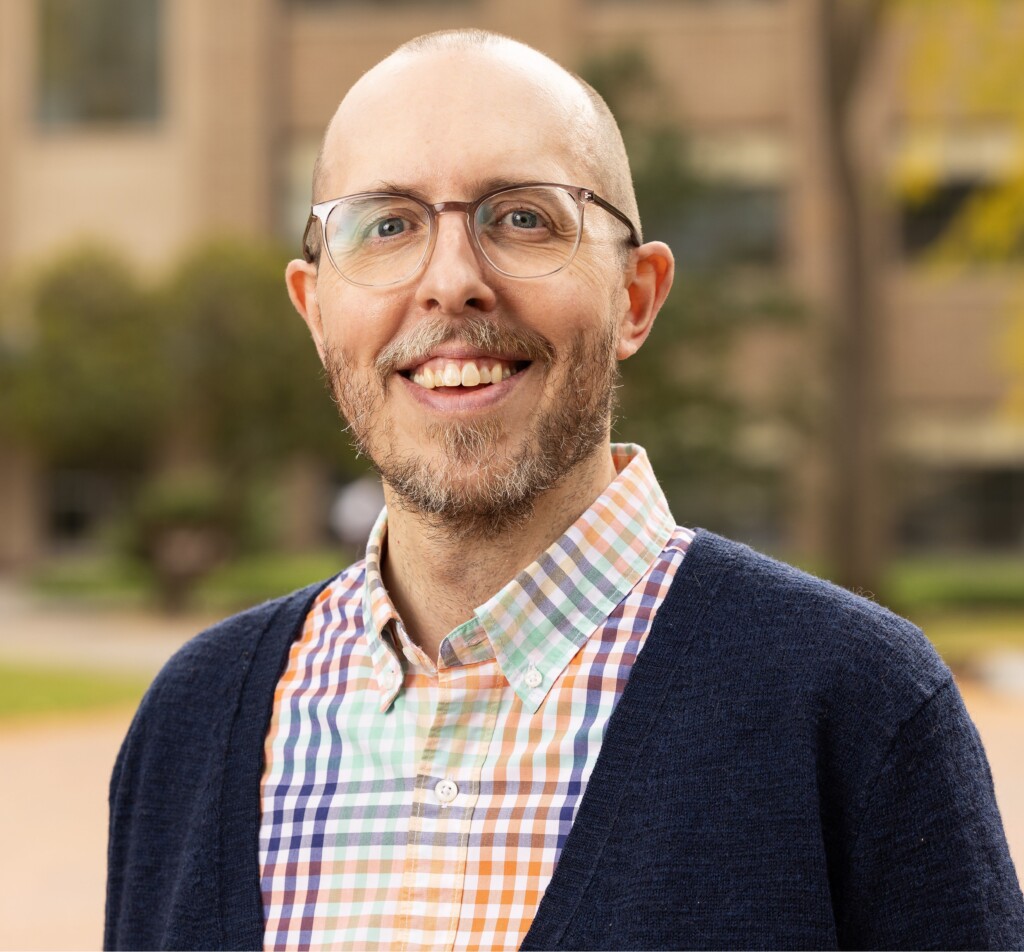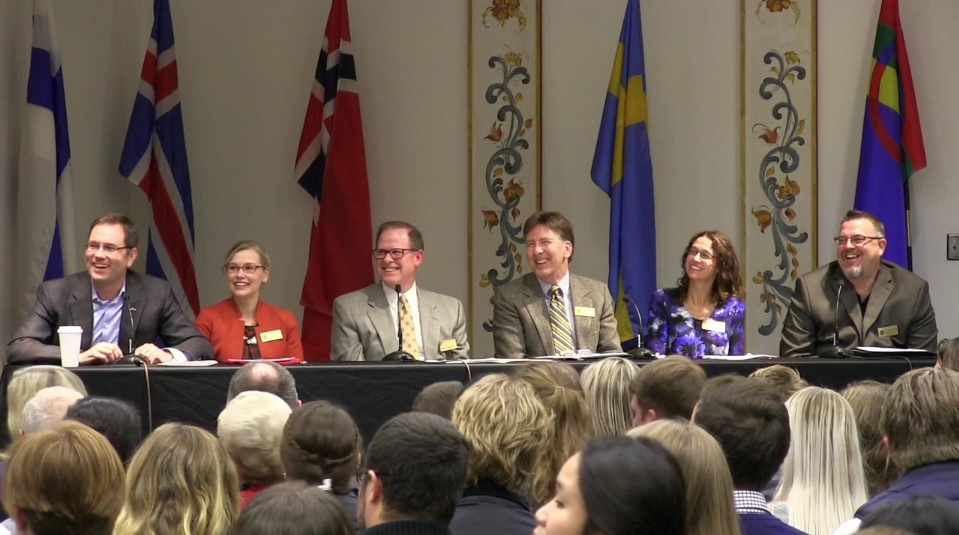Page 37 • (2,146 results in 0.018 seconds)
-

Professor of Religion | The PLU Chinese Studies Program | hammerej@plu.edu | 253-535-7225 | Erik Hammerstrom has had a deep affinity with Buddhism since he was young and has spent his entire adult life in its study.
touch on Buddhism in some way, including courses on the history and religions of East Asia, and Asian American immigration history. In his research, he has published books and articles on the intellectual and institutional history of Chinese Buddhism during the early twentieth century, focusing on Buddhist responses to elements of modernity, such as the discourses surrounding both religion and modern science. When not engaged in the edifying pursuits of teaching and study, he supports his local
-

Professor of Global Studies | Global & Cultural Studies | hammerej@plu.edu | 253-535-7225 | Erik Hammerstrom has had a deep affinity with Buddhism since he was young and has spent his entire adult life in its study.
that all touch on Buddhism in some way, including courses on the history and religions of East Asia, and Asian American immigration history. In his research, he has published books and articles on the intellectual and institutional history of Chinese Buddhism during the early twentieth century, focusing on Buddhist responses to elements of modernity, such as the discourses surrounding both religion and modern science. When not engaged in the edifying pursuits of teaching and study, he supports his
-

Professor of Religion | Global Studies Program | hammerej@plu.edu | 253-535-7225 | Erik Hammerstrom has had a deep affinity with Buddhism since he was young and has spent his entire adult life in its study.
touch on Buddhism in some way, including courses on the history and religions of East Asia, and Asian American immigration history. In his research, he has published books and articles on the intellectual and institutional history of Chinese Buddhism during the early twentieth century, focusing on Buddhist responses to elements of modernity, such as the discourses surrounding both religion and modern science. When not engaged in the edifying pursuits of teaching and study, he supports his local
-

Professor of Religion | Religion | hammerej@plu.edu | 253-535-7225 | Erik Hammerstrom has had a deep affinity with Buddhism since he was young and has spent his entire adult life in its study.
touch on Buddhism in some way, including courses on the history and religions of East Asia, and Asian American immigration history. In his research, he has published books and articles on the intellectual and institutional history of Chinese Buddhism during the early twentieth century, focusing on Buddhist responses to elements of modernity, such as the discourses surrounding both religion and modern science. When not engaged in the edifying pursuits of teaching and study, he supports his local
-
From Microsoft to Martin Luther, and back again In 1994, Mike Halvorson was the first one to write a book about something nobody else cared about. The book? How to use a little-known software program called Microsoft Office. We can guess how that turned out.…
March 1, 2011 From Microsoft to Martin Luther, and back again In 1994, Mike Halvorson was the first one to write a book about something nobody else cared about. The book? How to use a little-known software program called Microsoft Office. We can guess how that turned out. Halvorson graduated PLU in 1985 with a degree in computer science and a minor in history. That unique combination seemed to help when, soon after graduation, Halvorson found himself working for Microsoft, back in the days when
-

By Michael Halvorson. On October 17, 2017, PLU alum Brad Tilden (1983) engaged with students, faculty, and alumni in a lively conversation about the past, present, and future of Alaska Airlines. The special event was organized as the 13th annual Dale E. Benson lecture in…
E. Benson lecture in Business and Economic History, a yearly opportunity to hear from a nationally prominent speaker on economic history and the world of business. To prepare for the event, Pacific Lutheran students and faculty from 10 courses studied Alaska Airlines and its business practices throughout the Fall semester. The students then wrote questions and voted on them, so that the most useful questions could be posed to the Alaska Air Group CEO in a conversational format, which allowed for
-
News for Pacific Lutheran University.
On Exhibit: Books in Honor of Women’s History Month This exhibit includes a selection of the library’s print books about women published within the past five years. The books cover a wide variety of issues affecting women’s lives, cultural contexts, political work, artistic achievements, and other issues. The library has an additional 383 e-books… March 8, 2023
-
2015 Lutheran Studies Conference faculty and staff.
Heather Mathews Associate Professor in Art History Full Profile
-
20 semester hours including: Three core courses are required 12 semester hours PPAP 301/ENGL 311/COMA 321: The Book in Society (4) PPAP 302/ENGL 312/COMA 322: Publishing Procedures (4) PPAP 321/
students with talents and interests in writing, graphic design, communication, or business a head start into the world of publishing and a broad variety of related professions. The PPA program readily complements majors concerned with language and the written word, such as English, languages, education, history, public relations, journalism, marketing, and graphic design. But students majoring in a wide spectrum of disciplines—from biology to music to anthropology—have discovered the value of a PPA
-
36 semester hours, from PLU courses, equivalent transfer courses, or approved study away programs, depending on placement.
level at which to start. At least 12 semester hours must be taken in FREN-prefixed courses at PLU. French Language 4-20 semester hours, based on placement May include: FREN 101: Beginning French (4) FREN 102: Beginning French (4) FREN 201: Intermediate French (4) FREN 202: Intermediate French (4) Must include: FREN 301: Advanced French (4) French & Francophone literature, film, history, culture 12-20 semester hours, selected from the following: FREN 310: French History, Culture, Society (4) FREN 311
Do you have any feedback for us? If so, feel free to use our Feedback Form.


